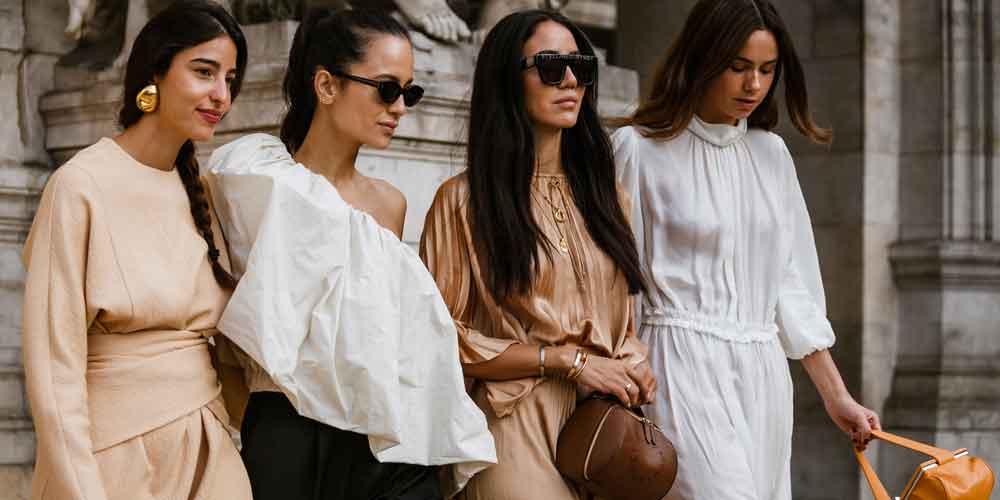1. Carry out a full wardrobe audit. Are there items of clothing that no longer fit you? Or flatter you? Or make you feel great? Have you changed your style? Or perhaps you have forgotten about a much-loved garment that still looks fabulous on? For some this might be a full Konmari ‘spark joy’ wardrobe declutter and for others it will be an opportunity to take stock of how you consume fashion. It’s an important first step.
2. Buy purposefully. Think before you buy. Do you really need this new skirt, top, coat, leggings, pair of trousers? Does it fill an obvious gap in your wardrobe? Does it make you feel amazing? Are you buying it for you or for a current fashion trend? Has the garment been designed and made to last? Will you get at least 30 wears out of it? The #30wears challenge, started by Livia Firth is an easy way to start embracing to slow fashion.
3. Buy responsibly. Decide what is most important to you (Fair Trade, cruelty free, eco friendly or recycled materials, women empowerment, made locally, zero waste) and choose brands that meet those criteria. Remember that this is not about brand perfection, because the brand that ticks every ethical and sustainable box may be difficult to find. It’s about making conscious purchasing decisions and feeling good in the clothes you wear.
4. Vote with your wallet. Voting with your wallet is the ultimate consumer power. You can choose to not spend money with fast fashion brands, or with brands that do not share your values. Each time you make a choice to not buy with a brand, you are making an impact. You can also make a difference by spending your dollars with labels that care.
5. #LovedClothesLast. Care for your clothes like the good friends they are (thank you, Joan Crawford). The most sustainable item of clothing is the one already in your wardrobe so look after your investments. Repair your clothes. Don’t overwash them. Take the time to sew on that button, stitch that hem, repair that seam. And if needlework isn’t your thing, ask around - you’ll find friends and acquaintances willing to lend a hand and your local dry cleaners with mending services.
6. Borrow, swap. You don’t have to own every item of clothing that you wear, instead you can minimise impact on wallet and planet with the increasingly popular clothes rental market. There are now plenty of high street and online choices for rent-wear-return clothing (you can find a selection here) and when you are looking for a go-all-out, wear-it-once outfit for a really special occasion renting can be an excellent solution. Just be aware of the potential environmental costs linked with dry cleaning and delivery. Or you could clothes swap with friends and family members, free and without the delivery charges!
7. Buy second hand. Step into the slow fashion circle. The secondhand apparel market is booming. According to online consignment and thrift store ThredUp, by 2023 the market is expected to reach $51 billion. Buying second hand contributes to the circular economy and takes the pressure and demand off manufacturing new clothes. Besides, for the fashionista there are many advantages to buying preloved clothing. Create your own style with vintage and thrifted pieces and you won’t meet someone in the street wearing the same outfit. And shopping for second hand fashion can be so much fun as you never know what you are going to unearth. You can't beat a charity shop find! (Browse ECOLOOKBOOK's selection of second hand shops)


